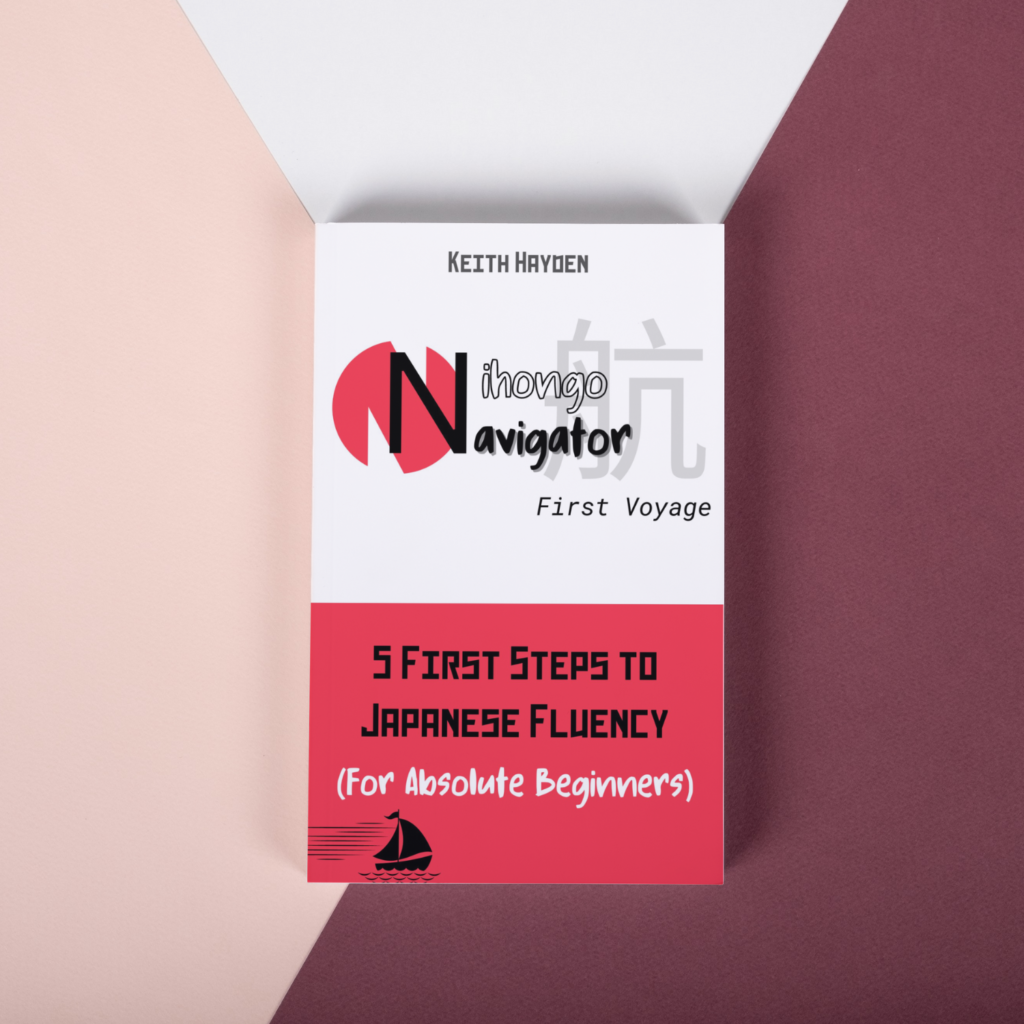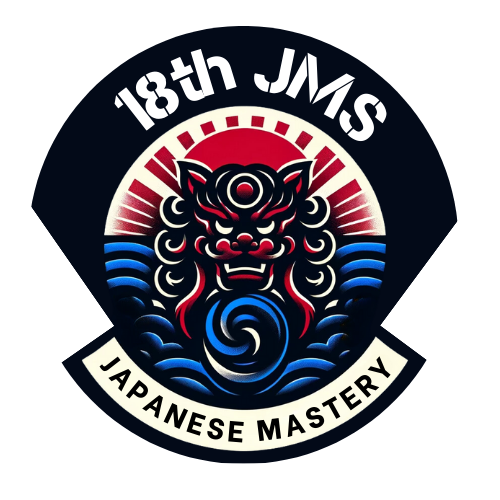Japanese From Nothing: Day 1
Daily Japanese
Since I’m keeping these blog posts daily for my own Japanese learning, I figured it would be great to give you daily recommendations to begin (or restart) your own Japanese learning.
This language is intimidating! After you make it past all the polite expressions, it quickly becomes difficult. Most quit at this point. I don’t want that to be you.
So I’ll give a day-by-day recommendation of how I would learn Japanese today with current technology. Based on my 20 years experience learning the language and 5 years living in Japan, it’s never been easier to learn.
No more sifting through 5 pound dictionaries or grammar resources. All you need is an internet connection and an iron will to learn. Are you ready?
Here’s Day 1.
Day 1 – Pimsleur Japanese Level 1 – Lesson 1
Estimated time: 30 mins
Get your ears tuned to the language with this trusted resource. Yeah I know, it’s $150. But it beats any app or YouTube video out there. Why?
Because it’s all audio you’re forced to concentrate on the language (as you will have to do in real time if you hope to ever communicate successfully in Japanese).
There’s no cute characters or music to distract from your #1 goal — understanding and speaking Japanese.
It’s no bullshit, straight to the point and VERY effective. If you commit to it.
To get the most out of it be sure to follow the instructions to (LISTEN AND REPEAT) as much as possible.
TIPS
Don’t worry about saying things wrong (you’ll do that a lot). Don’t focus on understanding every word as it’s spoken (you won’t).
Your single task is to repeat what you hear as closely as possible. Don’t overthink it! Just do it!
With that, you’ve finished your first Japanese lesson. Congratulations!
Optional – Tell someone for accountability
Tell someone that you’re learning Japanese. Make it someone close like your partner, spouse, or good friend.
You want this person to occasionally check in on you with your progress. They’ll make sure you do slack off in your studies. If they’re a real one, they might even join in!
Japanese Study Notes
WaniKani Study (Kanji + Vocab) Session #1 (5 mins)
ハリーポッター賢者の石 (Harry Potter and the Philosopher’s Stone) Book – read + write + grammar + kanji (25 hours)
Sentences written
窓の外を、大きなふくろうがバタバタと飛び去っていたが、二人とも気が付かなかった。(A large owl fluttered past the window, but neither of them noticed.)
八時半、ダーズリー氏は鞄を持ち、奥さんの頬にちょこっとキスして、それからダドリー坊やにもバイバイのキスをしようとしたが、しそこなった。(At 8:30, Mr. Dursley held his bag, kissed his wife a little on the cheek, and then tried to kiss the Dudley boy goodbye, but missed.)
坊やがかんしゃくを起こして、コンフレークを皿ごと壁に投げつけている最中だったからだ。He was in the middle of throwing a plate of conflakes against the wall because the little boy was having a tantrum.
Interesting Kanji
N/A
Interesting words
“ちょこっと” (chokotto) – an adverb meaning “quickly” or “lightly.”
“しそこなった” (shisokonatta) – past tense of the verb “しそこなう” (shisokonau), meaning “to fail to do” or “to miss the opportunity to do.”
“かんしゃくを起こして” (kanshaku o okoshite) – “かんしゃく” (kanshaku), meaning “tantrum,” the particle “を” (o) marking the object of the verb, and the verb “起こして” (okoshite), which is the conjunctive form of “起こす” (okosu), meaning “to throw” or “to have” (a tantrum). Together, they mean “throwing a tantrum.”
“皿ごと” (sara goto) – phrase consists of the noun “皿” (sara), meaning “plate,” and the suffix “ごと” (goto), meaning “along with” or “including.” Together, they mean “along with the plate” or “plate and all.”
“最中だったからだ” (saichū datta kara da) – This phrase consists of the noun “最中” (saichū), meaning “in the middle of” or “during,” the past tense of the copula “だった” (datta), meaning “was,” the conjunctive particle “から” (kara), meaning “because,” and the sentence-ending copula “だ” (da), which asserts the reason. Together, they mean “it was because [he] was in the middle of [throwing a tantrum].”
“space-indicating object” – “を” (o)
In Japanese, the particle “を” (o) is often used to mark the direct object of a verb, but it can also be used to indicate the direction or path of an action. This usage is called the “space-indicating object” or “location-indicating object.”
In the phrase “窓の外を” (mado no soto o), the particle “を” (o) is used to indicate the direction or path of the owl’s flight. It shows that the owl is flying through the space outside the window.
Here are a few more examples to illustrate this concept:
- 公園を散歩する (kōen o sanpo suru) – to take a walk through the park
In this example, “公園” (kōen) means “park,” and the particle “を” (o) indicates that the action of walking (散歩する – sanpo suru) takes place through the park. - 川を渡る (kawa o wataru) – to cross the river
Here, “川” (kawa) means “river,” and the particle “を” (o) shows that the action of crossing (渡る – wataru) occurs across the river. - 空を飛ぶ (sora o tobu) – to fly through the sky
In this example, “空” (sora) means “sky,” and the particle “を” (o) indicates that the action of flying (飛ぶ – tobu) takes place through the sky.
In all these cases, the particle “を” (o) is used to mark the location or space through which the action occurs, rather than just the direct object of the verb.
So, in the sentence “窓の外を、大きなふくろうがバタバタと飛び去っていたが、二人しも気が付かなかった。” (Mado no soto o, ōkina fukurō ga batabata to tobisatte ita ga, futari shimo ki ga tsukanakatta.), the phrase “窓の外を” (mado no soto o) with the particle “を” (o) indicates that the owl is flying through the space outside the window.
Placeholder
Hope you enjoyed my notes.
If you’re just getting started with Japanese, my 5-Day email course “Nihongo Navigator” is a great way to get the basics down.

Squad UP Your Japanese!

Join the 18th Japanese Mastery Squadron on Facebook for regular posts about improving your Japanese

